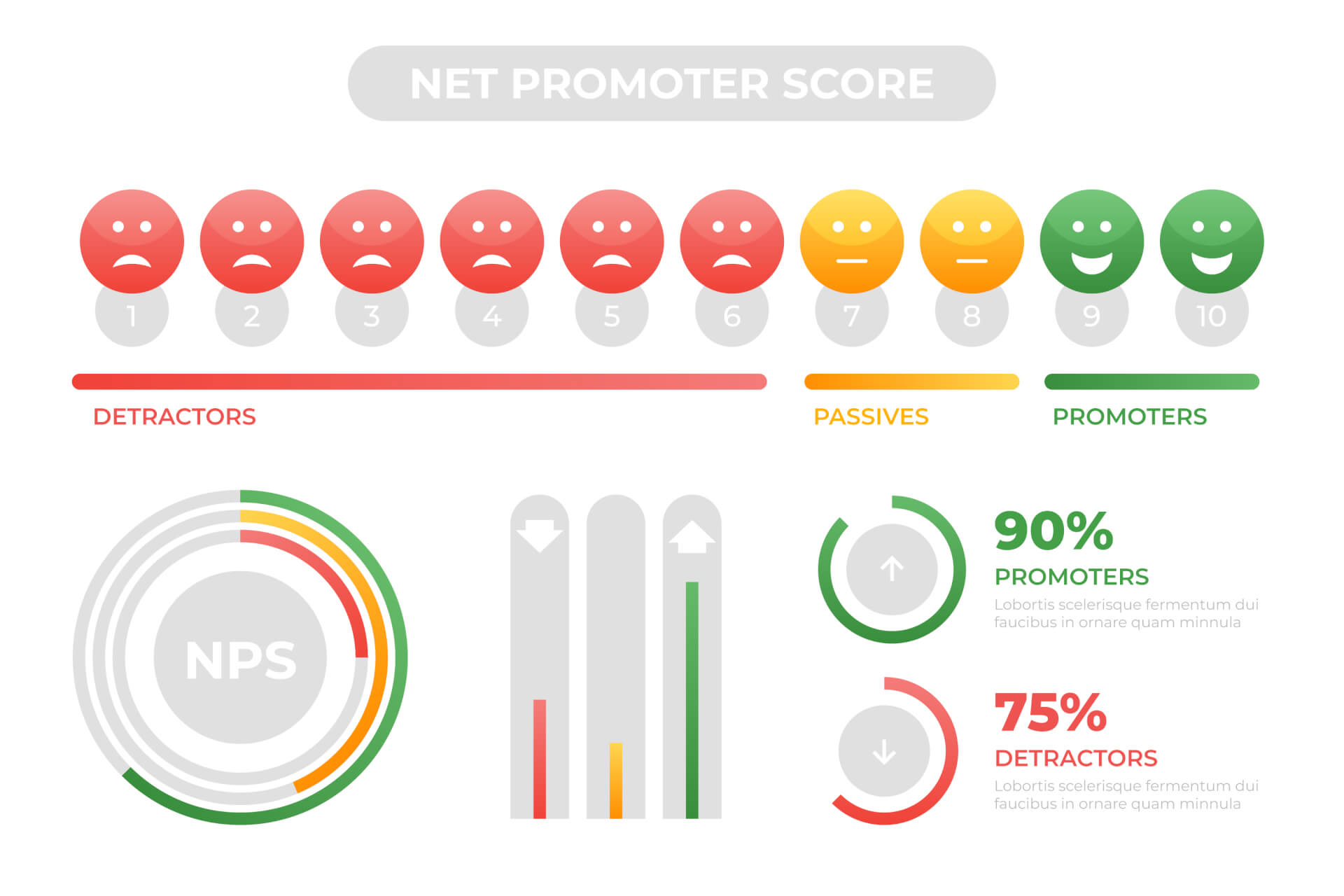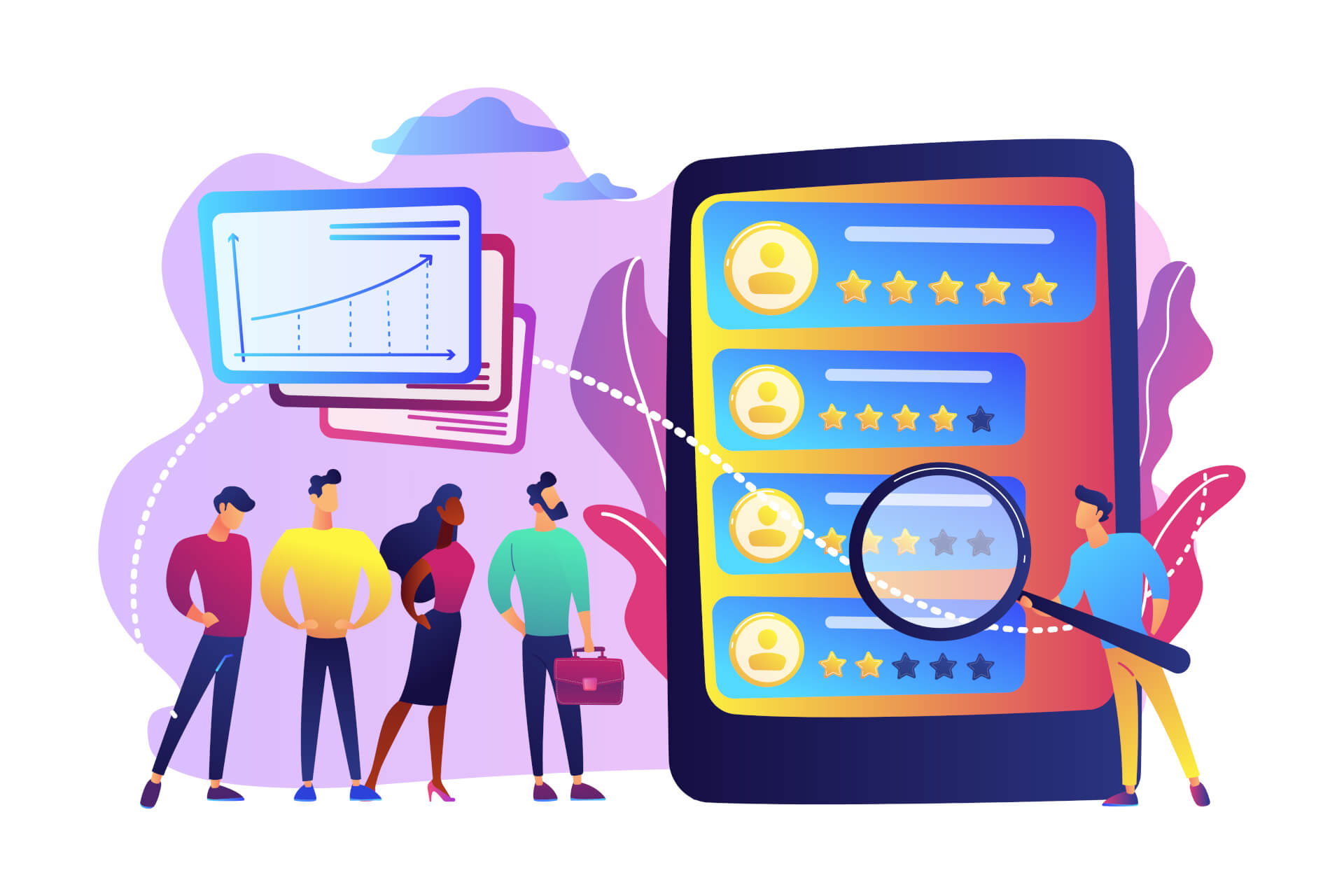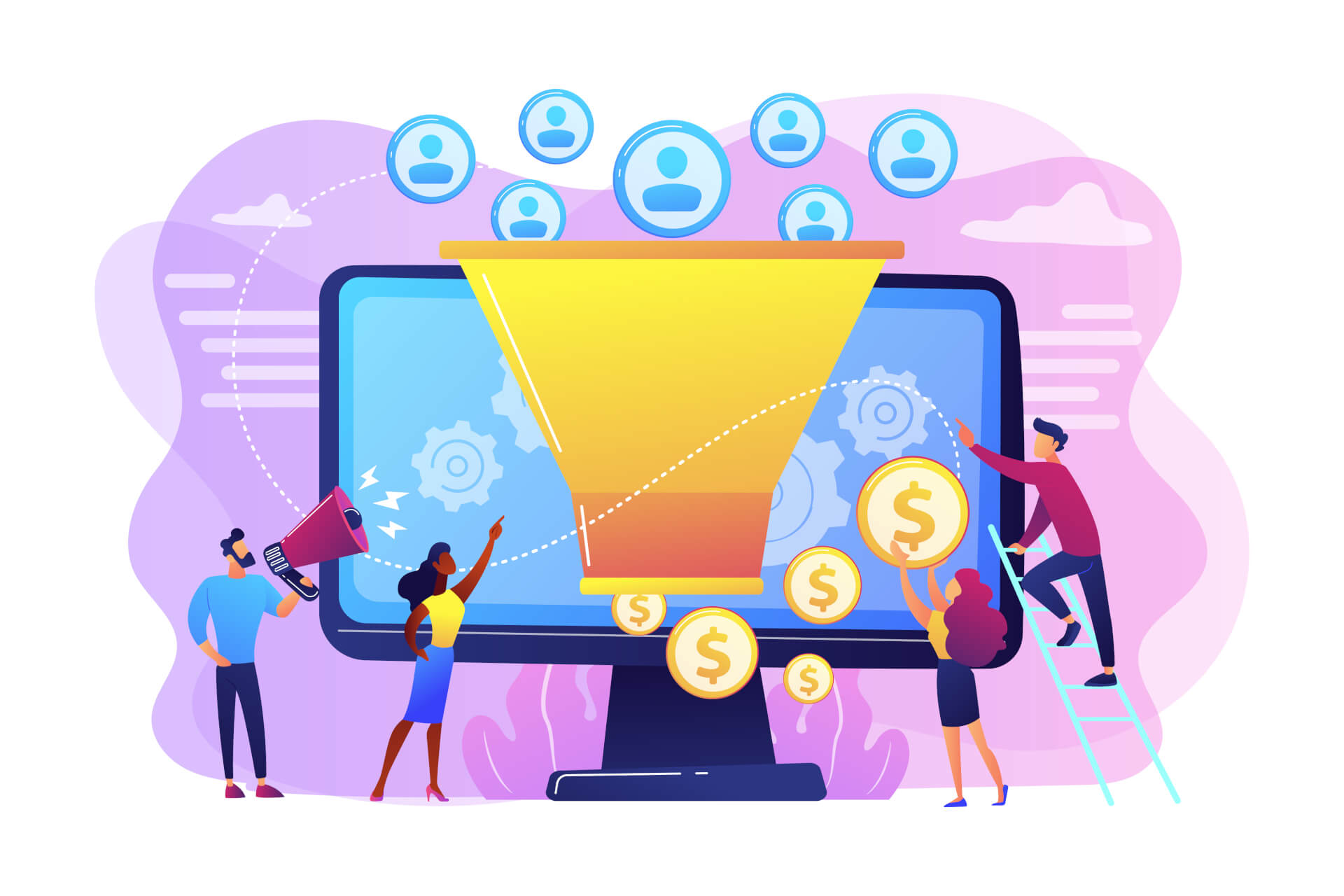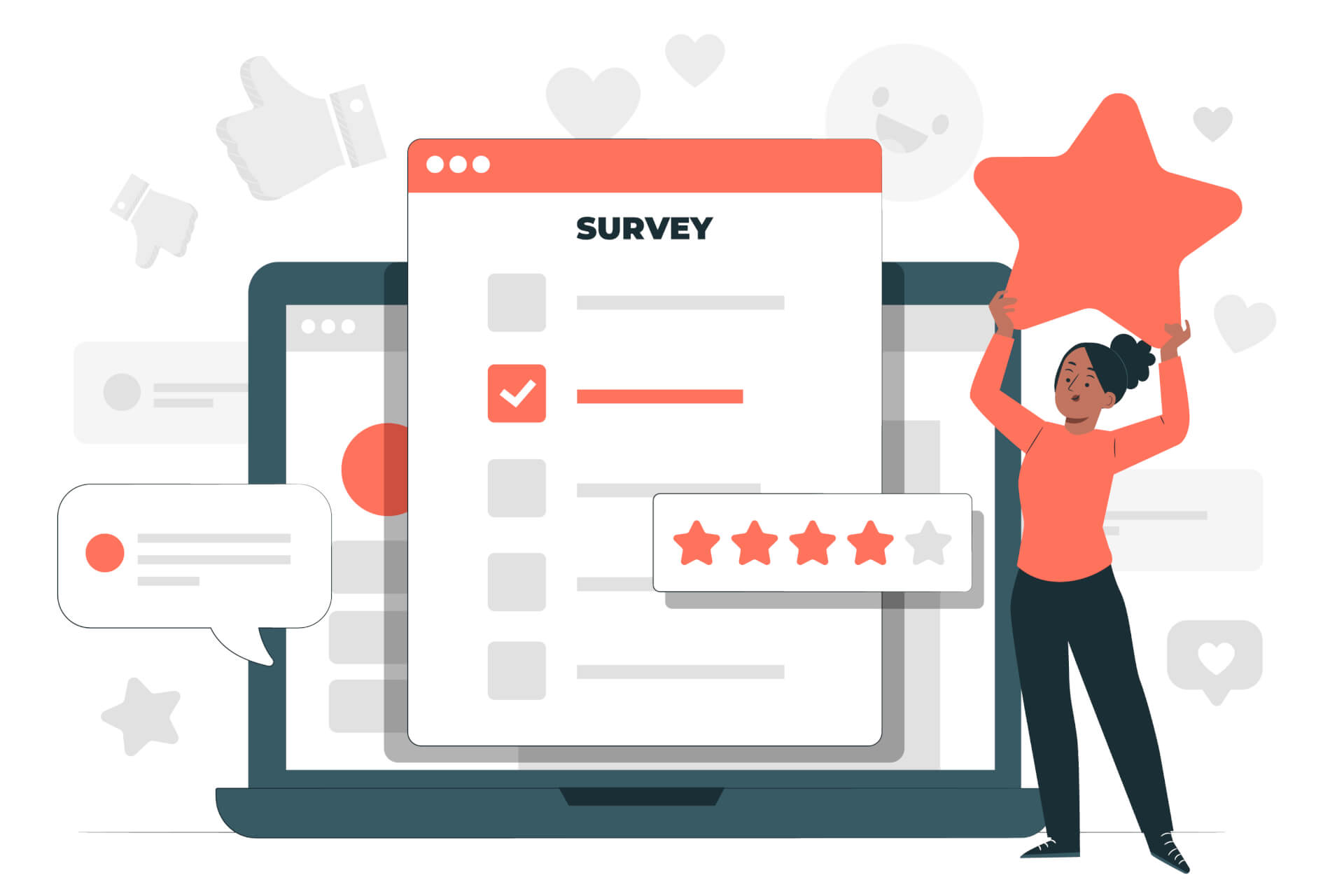Customer acquisition is a critical goal for any business, and leveraging the Net Promoter Score (NPS) can significantly enhance your efforts.
NPS is a powerful tool that measures customer loyalty and satisfaction, offering invaluable insights into how your customers perceive your brand.
By systematically using NPS, businesses can not only retain existing customers but also attract new ones through improved service and targeted marketing strategies.
This article will guide you through a detailed, step-by-step approach to using NPS for customer acquisition, providing a comprehensive roadmap to ensure success.

Table of Contents
The Role of NPS in Customer Acquisition

How NPS Measures Customer Loyalty
NPS is a direct indicator of customer loyalty and satisfaction.
High NPS scores signify that your customers are not only satisfied but are also willing to act as brand advocates.
This advocacy can significantly impact customer acquisition, as recommendations from friends and family are highly trusted.
Correlation Between NPS and Customer Acquisition
There is a strong correlation between high NPS scores and customer acquisition.
Companies with high NPS scores often experience higher referral rates, lower churn rates, and more significant organic growth.
By focusing on improving NPS, businesses can create a virtuous cycle of loyalty and advocacy, leading to sustained customer acquisition.
Benefits of Using NPS for Customer Acquisition
Using NPS for customer acquisition offers numerous benefits:
- Enhanced Customer Loyalty: By identifying and addressing the concerns of Detractors and nurturing Promoters, businesses can foster stronger customer loyalty.
- Increased Referrals: Promoters are more likely to refer new customers, providing a cost-effective way to acquire new clients.
- Data-Driven Insights: NPS provides actionable data that can inform marketing strategies and improve customer experiences, leading to higher acquisition rates.
Setting Up an NPS Program

Step 1: Defining Objectives
Begin by clearly defining the objectives of your NPS program.
Are you looking to improve customer satisfaction, reduce churn, or increase referrals? Having clear goals will help shape your NPS strategy and ensure it aligns with your overall business objectives.
Step 2: Choosing the Right Tools
Select the appropriate tools and software to collect and analyze NPS data.
There are various NPS platforms available, such as SurveyMonkey, Qualtrics, and Medallia, each offering different features and integration capabilities.
Step 3: Creating the Survey
Design a simple and engaging survey. The core question should be followed by an open-ended question to gather qualitative feedback, such as
"What is the primary reason for your score?"
This provides deeper insights into customer sentiments.
Step 4: Distributing the Survey
Decide on the distribution method that best reaches your customers. Surveys can be distributed via email, SMS, in-app notifications, or on your website. Ensure that the process is seamless and user-friendly to encourage participation.
Collecting NPS Data

Step 5: Encouraging Participation
To maximize participation, communicate the importance of the survey to your customers and assure them that their feedback is valuable and will lead to tangible improvements.
Offering incentives can also boost response rates.
Step 6: Timing of Surveys
The timing of your survey distribution can significantly impact response rates and the quality of feedback.
Consider sending the survey after a significant customer interaction, such as a purchase or customer service experience, to capture relevant feedback.
Step 7: Ensuring Data Quality
Ensure the data collected is accurate and reliable. Regularly review the responses for any inconsistencies or biases and address them promptly.
High-quality data is crucial for making informed decisions based on NPS feedback.
Analyzing NPS Data

Step 8: Calculating NPS Score
Calculate your NPS score by subtracting the percentage of Detractors from the percentage of Promoters. This will give you a clear indication of your overall customer satisfaction and loyalty.
Step 9: Segmenting Respondents
Segment your respondents into Promoters, Passives, and Detractors.
Analyzing these segments separately can provide more targeted insights and help you develop specific strategies for each group.
Step 10: Identifying Trends and Insights
Look for patterns and trends in the feedback. Are there recurring themes or common issues raised by Detractors?
Are there specific aspects of your product or service that Promoters frequently praise?
Identifying these trends can help prioritize areas for improvement and leverage strengths in your customer acquisition efforts.
Using NPS Data for Customer Acquisition

Developing Actionable Insights
Transform the insights gained from NPS analysis into actionable strategies. Focus on addressing the concerns of Detractors to improve their experiences and convert them into Promoters.
Also, capitalize on the positive feedback from Promoters to enhance your marketing efforts.
Targeting Promoters for Referrals
Promoters are your biggest advocates. Encourage them to refer new customers by creating referral programs that offer incentives or rewards.
Highlight their positive feedback in your marketing materials to attract new prospects.
Addressing Detractor Concerns
Listen to the feedback from Detractors and take corrective actions.
Addressing their issues not only helps in retaining these customers but also demonstrates your commitment to improving customer satisfaction, which can attract new customers.
Integrating NPS into Marketing Strategy

Leveraging Positive Feedback in Campaigns
Use the positive feedback from Promoters in your marketing campaigns.
Testimonials, reviews, and case studies featuring satisfied customers can be powerful tools in convincing potential customers to choose your brand.
Enhancing Customer Testimonials and Case Studies
Create detailed case studies and testimonials based on the experiences of your Promoters.
Share these stories on your website, social media, and other marketing channels to build trust and credibility with potential customers.
Using NPS Data for Personalization
Utilize NPS data to personalize your marketing efforts.
Segment your audience based on their feedback and tailor your messaging to address their specific needs and preferences. Personalized marketing can significantly improve customer acquisition rates.

Reading Recommendation: Actionable feedback is oxygen for every business. In our blog article “More conversions from trials? “No problem with the Net Promoter Score”, we show how you can use the NPS directly when onboarding your trial customers.
Improving Customer Experience with NPS

Implementing Changes Based on Feedback
Take the feedback from your NPS surveys and implement changes to improve the customer experience. Whether it's refining your product features, enhancing customer service, or streamlining processes, these improvements can lead to higher customer satisfaction and acquisition.
Monitoring Progress and Adjusting Strategies
Continuously monitor your NPS scores and the impact of the changes implemented.
Adjust your strategies based on the feedback and evolving customer needs to ensure ongoing improvement and growth.
Continuously Engaging with Customers
Keep the dialogue open with your customers. Regularly check in with them, solicit feedback, and show them that their opinions matter.
Continuous engagement can foster loyalty and encourage customers to become long-term advocates for your brand.

Reading recommendation: If you have only ever thought about the costs of acquiring new customers, we would be happy to help. In our blog article we show “How you can save costs in customer acquisition with the NPS”.
Case Studies

Successful NPS Implementation in Companies
Several companies have successfully implemented NPS to drive customer acquisition.
For example, Apple uses NPS to understand customer loyalty and improve their products and services, leading to increased customer retention and acquisition.
Real-Life Examples of Customer Acquisition via NPS
Companies like Zappos and Amazon have leveraged NPS to create exceptional customer experiences that lead to high NPS scores and strong word-of-mouth referrals, significantly boosting their customer acquisition efforts.
Future of NPS in Customer Acquisition

Emerging Trends in NPS Usage
With advancements in technology, NPS is becoming more integrated with other customer experience tools. Predictive analytics and AI are being used to enhance the accuracy and effectiveness of NPS programs.
Predictions for the Future
As businesses continue to prioritize customer experience, the use of NPS is expected to grow.
Future developments may include more sophisticated analysis tools and integration with other customer feedback systems, providing even deeper insights for customer acquisition.
Conclusion
NPS is a powerful tool for driving customer acquisition by enhancing customer satisfaction and loyalty.
By following the steps outlined in this article, businesses can effectively use NPS to identify areas for improvement, engage with their customers, and attract new ones through positive word-of-mouth and targeted marketing strategies.
Start implementing an NPS program today to unlock the full potential of your customer acquisition efforts.

Recommended reading: If this article helped you and you would like to learn more about the possibilities of using NPS in customer acquisition, continue reading here: "The role of NPS in customer acquisition"